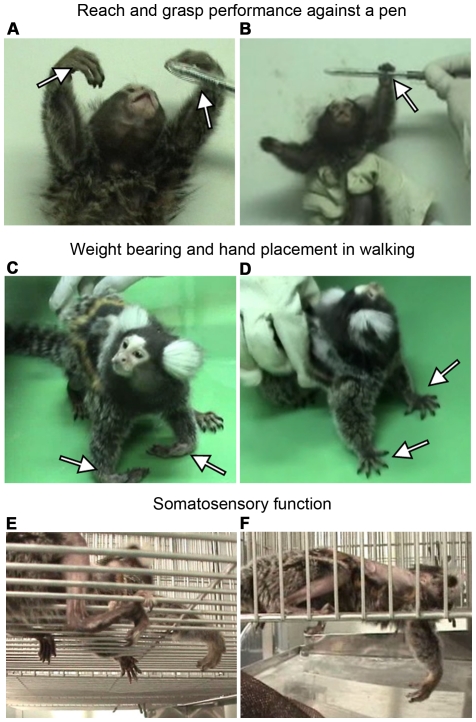Figure 7. Representative images of marmosets after SCI.
(A and B) An animal in the PBS group showed good elevation of upper limbs up to the head level 8 weeks after SCI. However, this animal could not grasp a pen parallel to the body plane because of insufficient forearm pronation and wrist and finger extension (A, arrowheads). An animal in the rhHGF group could reach for a pen at 3 cm above head height, and could grasp a pen even when parallel to the body plane. Note that the forearm was well pronated, with the wrist joint fully extended (B arrowhead). (C and D) The same animal as in (A) walked with the anterior chest lifted up from the floor by bearing its weight on the upper limbs. However, the wrist joints dropped completely, and the dorsal surfaces of the hands were placed and dragged on the floor (C arrowheads). On the other hand, the same animal as in (B) showed good palmar placement of the hands, with the wrist joints completely extended (D arrowheads), and walked with its hands clear of the floor. (E and F) One week after SCI, an animal in the PBS group dropped its limbs through gaps in the cage floor as far as the humerus or thigh, and could not raise the dropped limb quickly (F). The animal gradually recovered, and at 6 weeks after SCI, rarely dropped its limbs to the humerus or thigh level, but still often dropped them as far as the elbow or knee (E).

